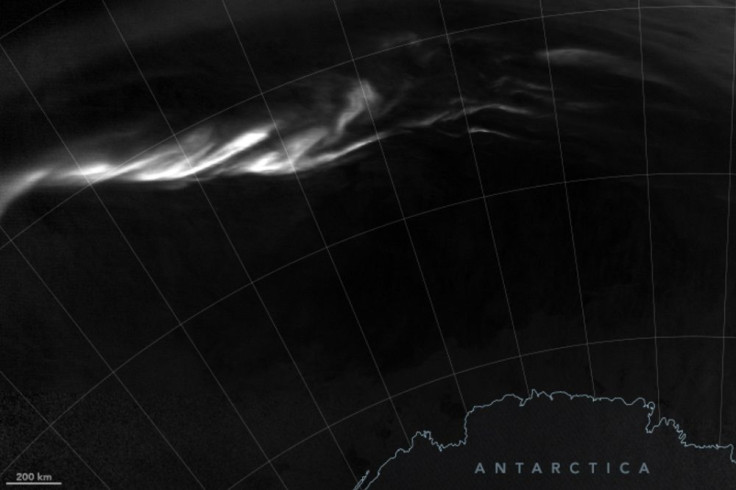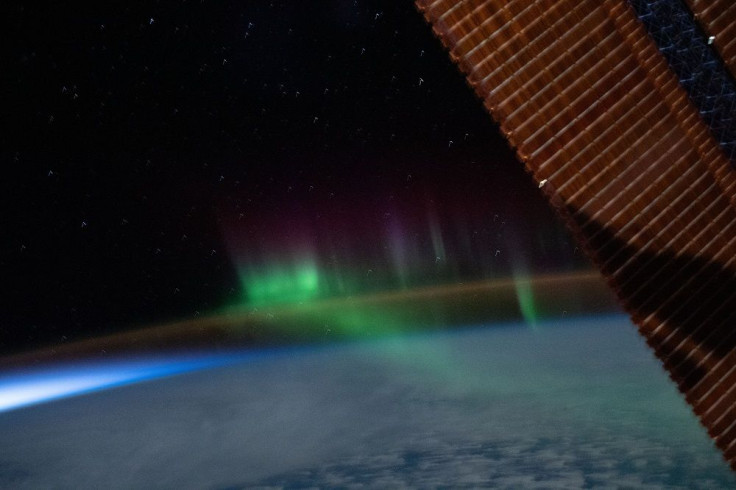Southern Lights: Satellite Captures Aurora Australis Over Southern Ocean

KEY POINTS
- A satellite captured a nighttime view of the aurora australis from space
- There are also other images of the aurora from space
- Although the aurora australis is less observed, it is just the same as the aurora borealis
A satellite captured a unique view of the aurora australis over the Southern Ocean. The phenomenon is actually just the same as its northern counterpart but it is much less observed.
The National Oceanic and Atmospheric Administration's (NOAA) Suomi NPP satellite recently captured a nighttime view of the aurora australis, also known as the "southern lights," over the Southern Ocean.
The image was captured by the Visible Infrared Imaging Radiometer Suite (VIIRS) instrument on the satellite, which detected the auroral emissions when the solar wind particles rained down from the magnetosphere and into the upper atmosphere where it interacted with the gases.
Recently NASA also shared an image of the aurora australis from space, as seen from the International Space Station (ISS). In the image, the aurora australis can be seen as ribbons of light in shades of green and purple as it appears to intersect with the Earth's airglow.

This image was captured while the ISS was orbiting above the Indian Ocean, about halfway between Antarctica and Australia.
Last year, NASA astronaut Christina Koch also shared a similar photo of the aurora that she took while she was aboard the ISS. As she had previously seen the aurora from Earth when she was a researcher at the Amundsen-Scott South Pole Station, this makes her one of the few people who have seen the aurora from both above and below.
Years ago at the South Pole, I looked up to the aurora for inspiration through the 6-month winter night. Now I know they’re just as awe inspiring from above. #nofilter pic.twitter.com/7a09Q4RMW6
— Christina H Koch (@Astro_Christina) June 10, 2019
Compared to the aurora borealis or northern lights, southern lights get much less attention and viewership. The NASA Earth Observatory, which shared the Suomi NPP image of the aurora, says this is likely because of the small population in the remote region where the southern lights can be observed.
The northern and southern lights are actually just the same phenomenon but they just happen to occur in opposite poles. They occur when solar particles in the Earth's atmosphere collide with gases such as oxygen and nitrogen in the upper atmosphere, causing them to emit light.
Because these events happen near the Earth's two poles, the farther south or north a location is, the likelier it is to experience the light displays. In the north, ideal places to watch for the aurora include Alaska, Finland, Iceland and Norway. In the south, Tasmania, New Zealand and Antarctica are the places to go to for the celestial light show.
© Copyright IBTimes 2025. All rights reserved.






















